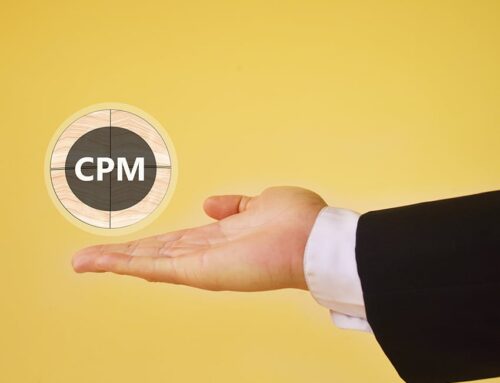Pay Per Click
Digital marketing and advertising involve so many different elements. One major element is the act of purchasing ad space, or gaining conversions through online visibility. There are many methods one can use to do this, from native advertising to display advertising to search engine optimization (SEO.)
One other tried-and-true method of online advertising is Pay Per Click, or PPC Advertising.
So what exactly is Pay Per Click, and is it worth the investment? Let’s take a look at this type of digital advertising and how to really make the most of it
What is Pay Per Click Advertising?
Pay per click advertising, which is sometimes referred to as “search engine marketing” or “cost per click advertising” is a type of advertising method in which ads will appear at the top and righthand side of a search engine results page (also known as SERP.) Services that offer PPC advertising will associate your specific banner ad with a keyword related to the product or service in question.
Each time that keyword is used in a search, your specific pay per click ad will be shown somewhere on that search results page. The term “pay per click” refers to the fact that you will only be charged a fee by the service when a potential customer clicks on the ad to visit your website. Costs also depend on how frequent ad clicks are in comparison to your competitors’ ads. While mostly reserved for SERPs, PPC ads can also show up on ad networks and websites around the web.
What is the Difference Between Pay Per Click and Pay Per Impression?
As we’ve established, pay per click requires that the advertiser pays up each time their specific ad is clicked.
Pay per impression (also known as “cost per mille” or “CPM”) ads do not have to be clicked in order for advertisers to be charged. An impression is essentially the ad showing up on the page when a consumer visits. Each time someone visits that specific SERP or web page where the ad is shown, the hit is counted as an impression and the advertiser is charged. In many general cases, pricing is established per 1,000 impressions. In a sense, you would be paying a set amount of money for your specific ad to appear 1,000 on a website or SERP.
While sometimes PPC is cheaper, you do not get to see how many consumers actually click on your ad. For PPI, you have a bit more control over your ad budget, as you will know during the purchasing process how much you are going to be spending on the ad campaign.
Still, PPC is valuable in the sense that you don’t really need a ton of money upfront to start advertising. And you may be leaving impressions without clicks, which is essentially free advertising.
What is a Good Cost Per Click?
This varies significantly depending on the product or service, as well as the keywords involved. However, in many cases, a good cost per click is likely between $1.00 through to $5.00, obviously depending on targeting.
Gourmet Ads and Pay Per Click in 2023
Gourmet Ads provides a variety of native ad specs that cater to the audience’s specific needs and preferences. If you’re interested in investing in pay per click advertising, you’re in luck! Gourmet Ads is launching Pay Per Click in 2020 and we are excited to share this method of advertising with our clients. We will be offering Pay Per Click advertising for both display and native ads.
At Gourmet Ads, we work with just about every type of food, market, drink, and kitchen brand out there to reach extremely engaged and highly sought-after consumers at scale. Whether you prefer to work on a programmatic basis or would rather book an order through our managed services, Gourmet Ads will work to make sure your campaign gets to the consumers that matter.
Want to learn more? Check out some of Gourmet Ads’First Party Data Segments to get an idea of how we can help you power PMPs and Deal IDs across our inventory.











